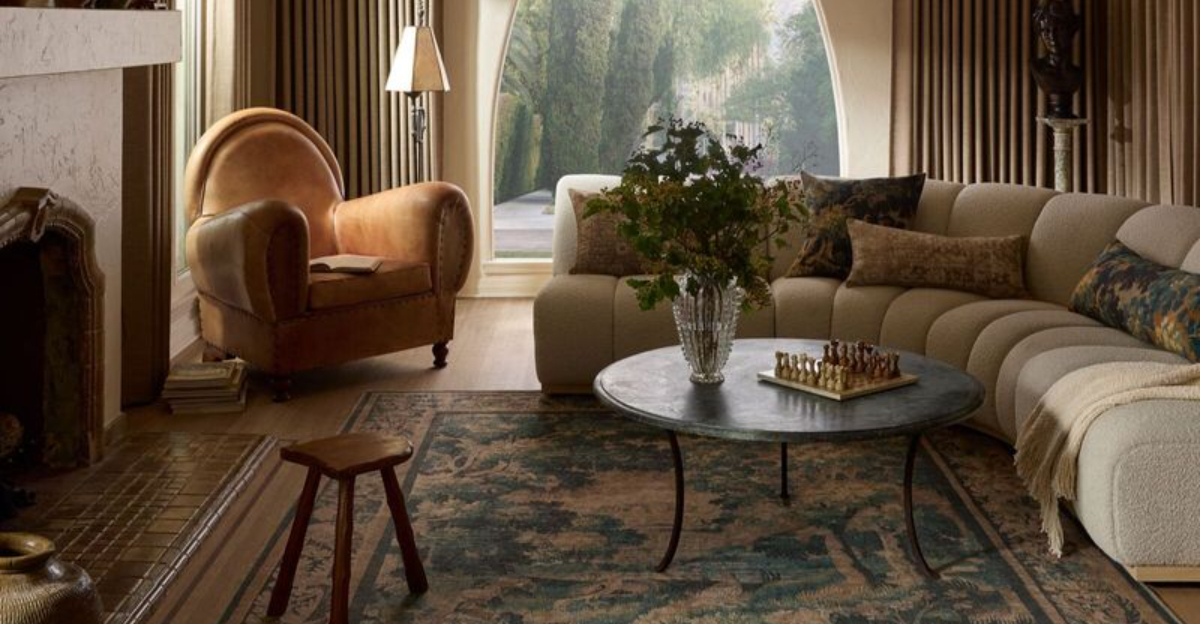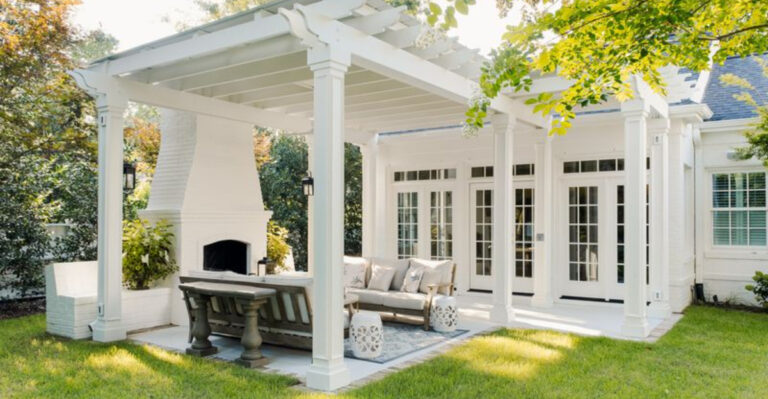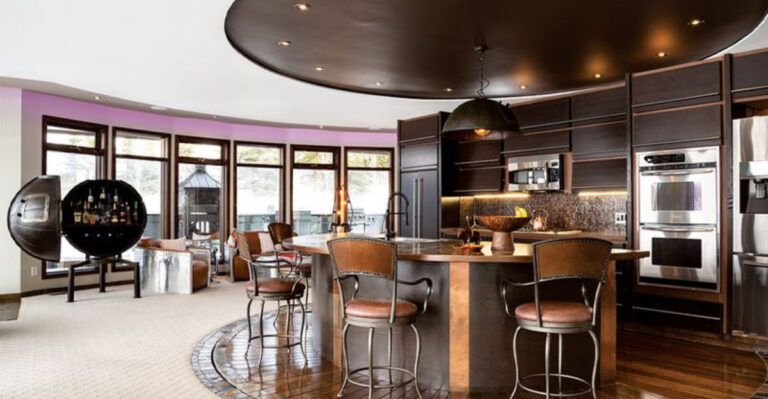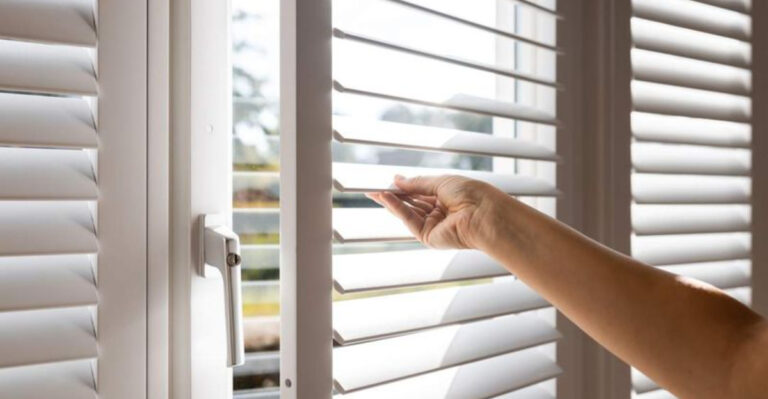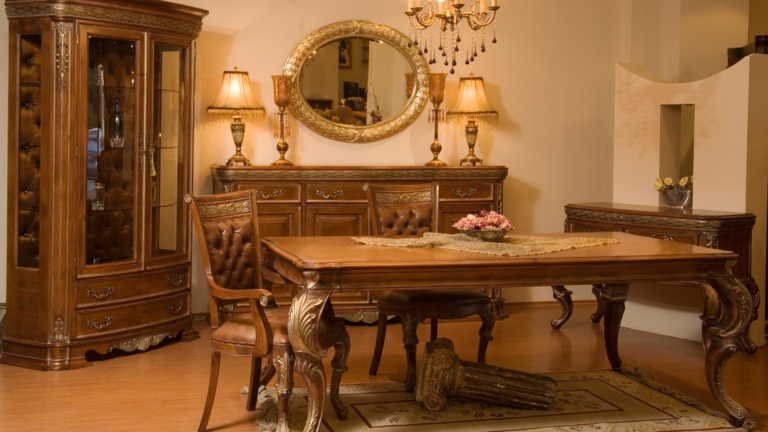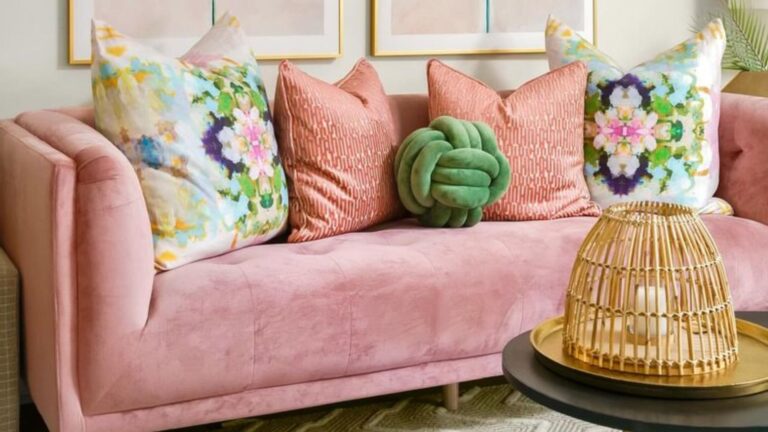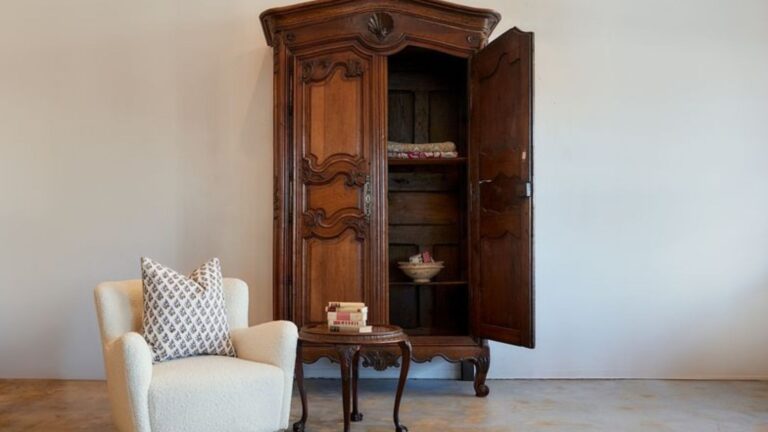15 Rug Blunders That Always Give Designers The Ick
I’ve learned the hard way that a rug can totally change how a room feels, for better or worse. Get it right, and everything just clicks. Get it wrong, and the whole space feels… off.
I used to think any rug would do until I realized designers spot certain mistakes instantly. Too small, the wrong placement, clashing patterns, you name it, I’ve done it.
If you’ve ever rolled out a rug and thought something still feels weird, you’re not alone. Here are rug mistakes designers always notice so you can skip the awkward trial and error.
1. Too-Small Rugs Floating Like Islands
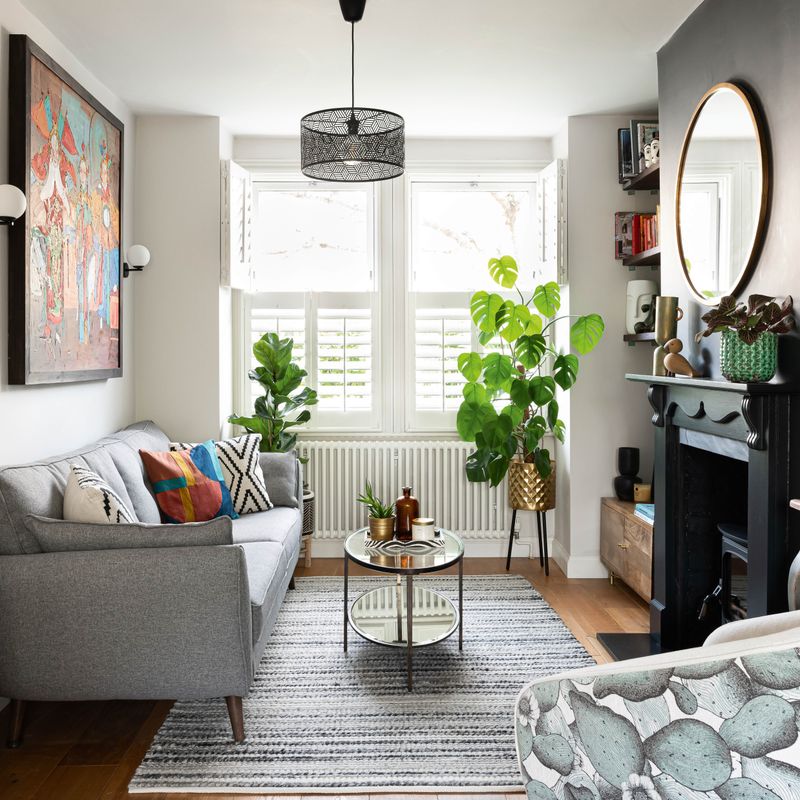
Tiny rugs make designers wince faster than nails on a chalkboard. Picture a postage stamp under your coffee table while your sofa sits entirely on bare floor—awkward!
A properly sized rug should accommodate at least the front legs of all furniture in a conversation area. Think of rugs as the foundation that unifies your furniture, not lonely islands in a sea of flooring.
Pro tip: Measure your seating area before shopping and go bigger than you think you need. Your room will instantly feel more pulled together.
2. Rug Pads? What Rug Pads?
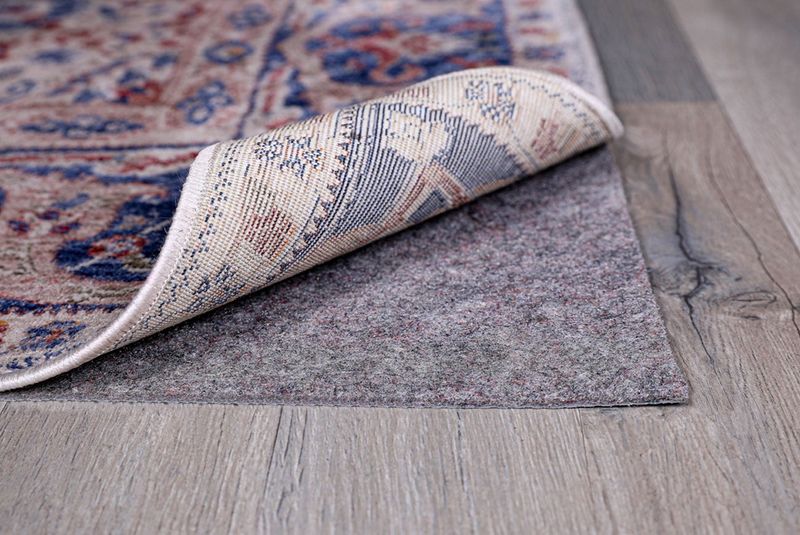
Skipping the rug pad is like wearing shoes without socks—nobody sees it, but problems develop quickly. Your beautiful rug slides around like it’s on an ice rink, creating a major safety hazard.
Rug pads prevent slipping, add cushioning underfoot, and extend your rug’s lifespan by reducing friction against hard floors. They also improve air circulation, preventing mold and mildew growth underneath.
Invest in a quality pad that’s slightly smaller than your rug. Your floors, rug, and ankles will thank you!
3. Bathroom Carpet Catastrophes
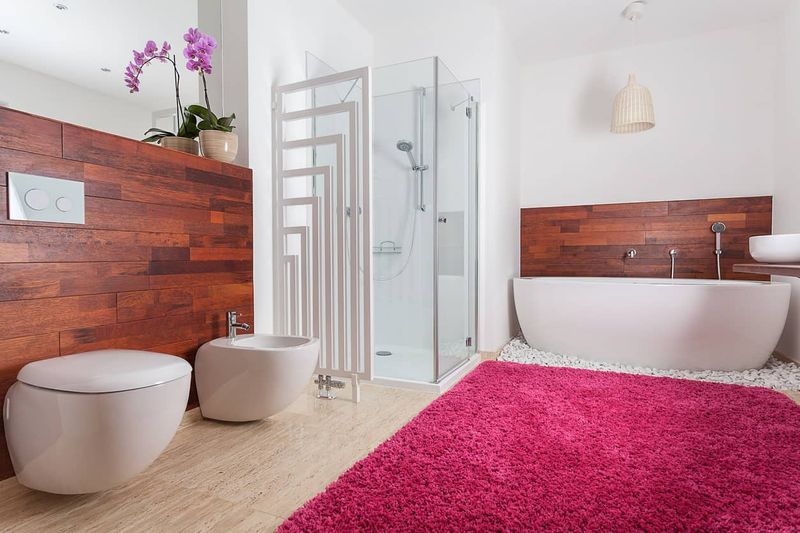
Wall-to-wall carpet in bathrooms makes designers physically recoil. The humid environment creates a perfect petri dish for mold, mildew, and funky odors that no amount of air freshener can mask.
Water and carpet simply don’t mix. Splashes from sinks, showers, and—let’s be honest—toilets get trapped in those fibers, creating an unsanitary situation nobody wants to think about.
Opt for washable cotton bath mats or water-resistant materials like indoor/outdoor rugs that can be easily cleaned and dried. Your guests (and nose) will appreciate it!
4. Kitchen Rug Neglect
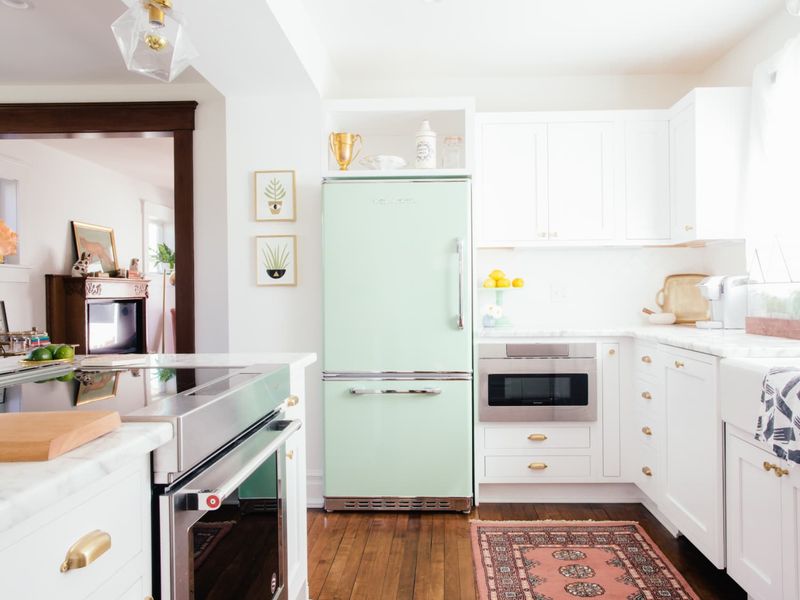
Many folks completely skip rugs in kitchens, missing a golden opportunity to add comfort and style. Standing on hard tile for hours while cooking can leave your feet and back begging for mercy!
The kitchen deserves thoughtful textiles too. Look for flat-weave or low-pile rugs that won’t trap crumbs and can handle occasional spills. Washable options are game-changers for high-traffic cooking zones.
A runner between island and sink or a small rug by the dishwasher creates comfort zones where you stand most. Your cooking marathon just got way more enjoyable!
5. Layering Gone Wild
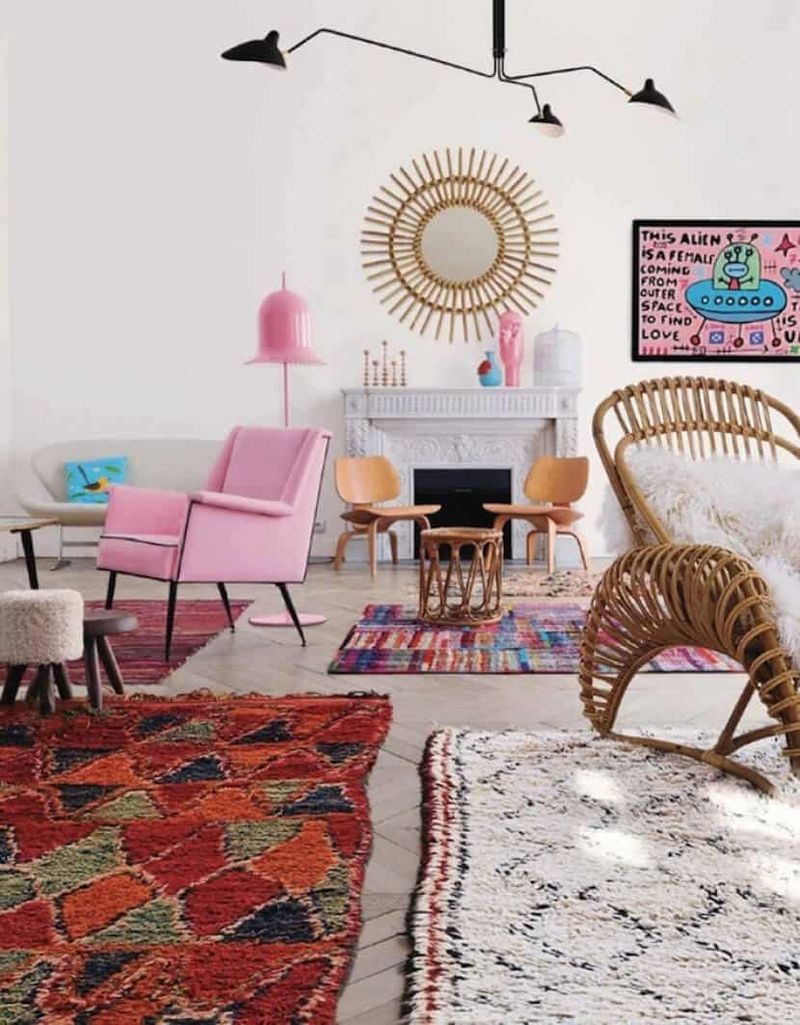
Rug layering can look amazing when done right, but going overboard creates visual chaos that makes designers cringe. Three different patterns fighting for attention is not the bohemian look you’re after!
Successful layering requires restraint. Try a larger neutral base rug with a smaller statement piece on top. The base should extend beyond the top rug on all sides for balanced proportions.
Keep patterns complementary rather than competitive. When layering feels more like a game of textile Jenga than intentional design, it’s time to simplify.
6. The Rug-in-Dining-Room Mismatch
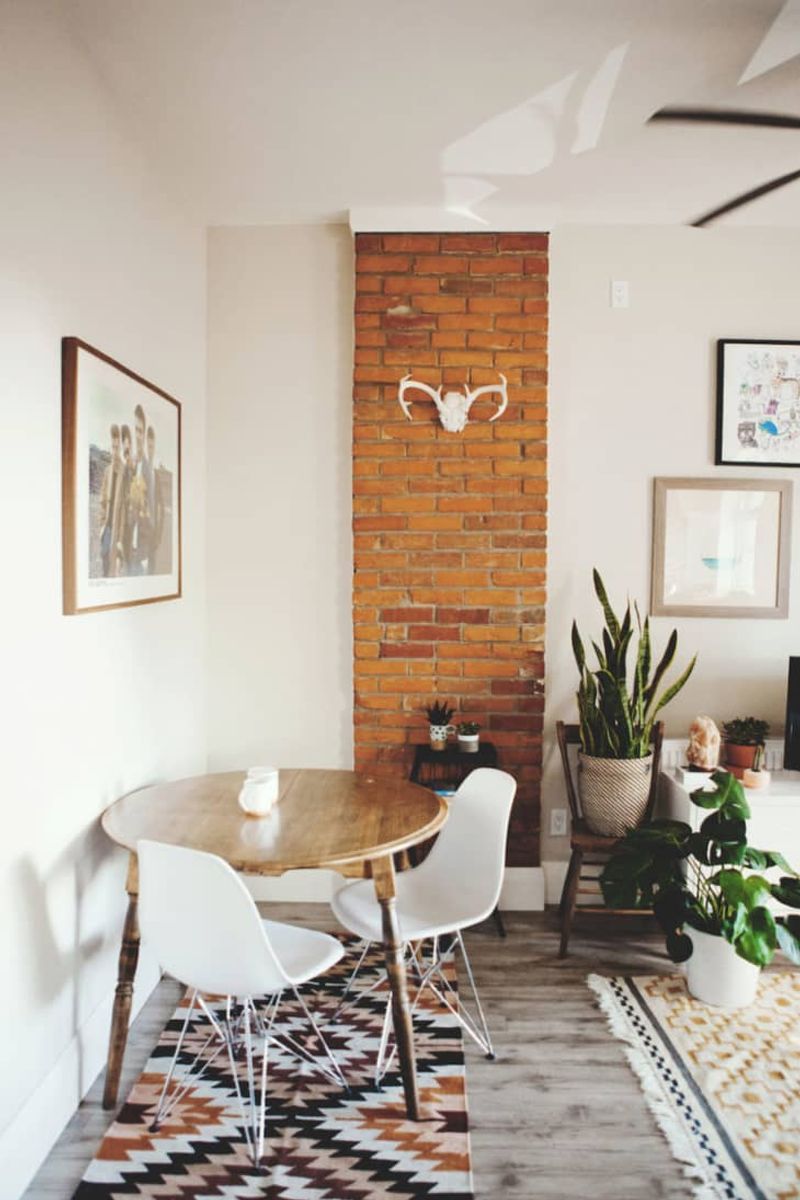
Undersized dining room rugs leave chairs half-on, half-off when pulled out—an accident waiting to happen! Nothing ruins dinner party vibes faster than guests tipping backward.
Your dining rug should extend at least 24 inches beyond the table edge on all sides. This accommodates pulled-out chairs while creating a unified dining zone. Measure your table, add 48 inches, and that’s your minimum rug size.
Bonus points for stain-resistant materials in dining areas. Wine spills happen to the best of us, and your rug shouldn’t be permanently scarred by one enthusiastic toast!
7. Pattern Overload Syndrome
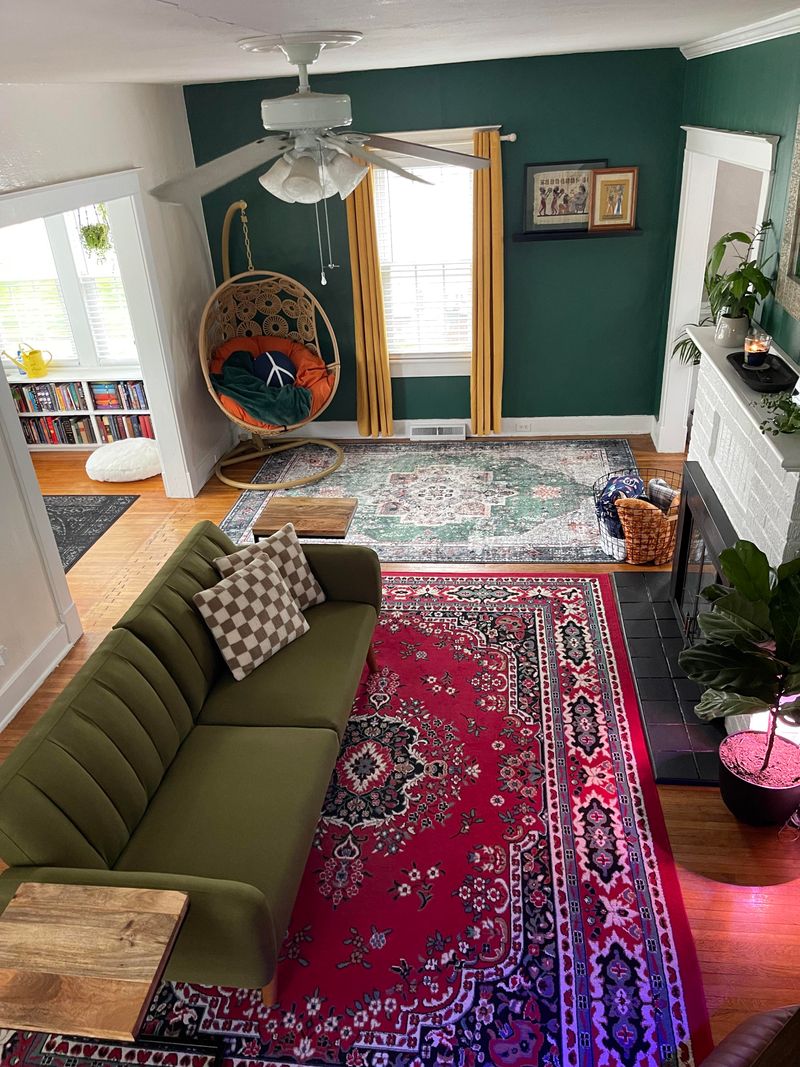
Some rooms look like a pattern explosion hit them—floral sofa, geometric pillows, and now a busy rug? Designers call this visual noise, and it’s headache-inducing!
Your rug should complement your space, not compete with every other element. In rooms with statement furniture or wallpaper, consider a solid-colored rug that pulls a secondary color from your existing palette.
If you absolutely love that bold patterned rug, make it the star by keeping surrounding elements simpler. Remember, good design knows when to whisper, not just shout.
8. Hallway Runner Mishaps

Hallway runners that stop awkwardly mid-corridor create visual stumbling blocks that make designers wince. That too-short runner looks like it shrunk in the wash!
A proper hallway runner should either run most of the hallway’s length or be positioned thoughtfully between doorways. The width should allow for at least 4-6 inches of floor showing on each side for balanced proportions.
Consider foot traffic patterns too. Runners should guide movement through the space, not create odd stopping points that interrupt the natural flow of your home.
9. Outdoor Rugs Indoor Confusion
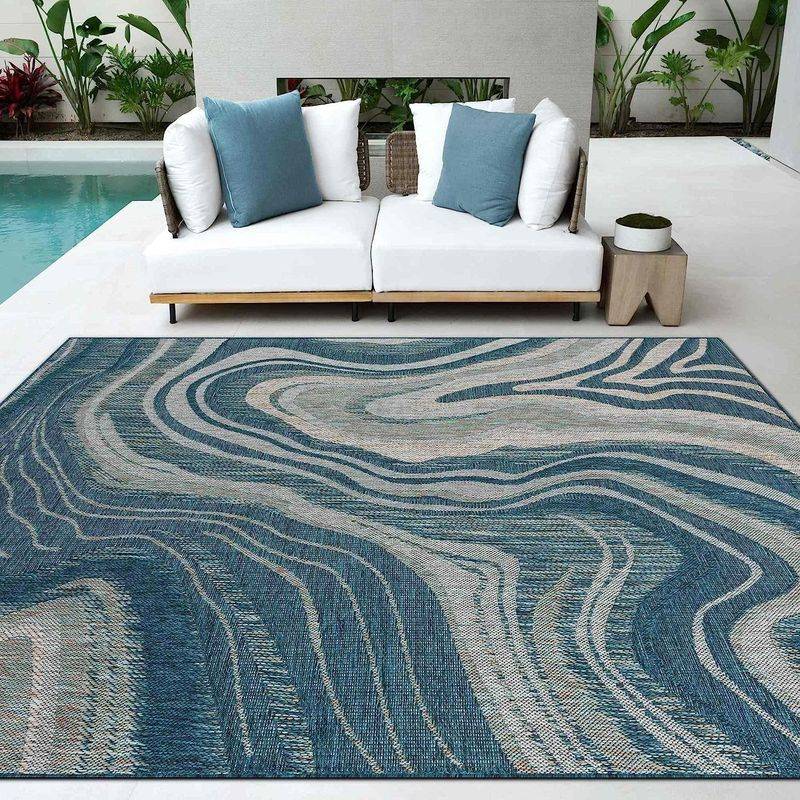
Not all outdoor rugs belong inside! Some have that unmistakable plastic-y look that screams “I belong by the pool!” when placed in your living room. The texture and sheen give them away immediately.
While many indoor/outdoor rugs work beautifully in both settings, others have a distinctly utilitarian appearance. Look for options with natural-looking fibers and sophisticated patterns if you’re bringing them inside.
The reverse mistake? Using delicate indoor rugs outside where sun, rain, and mildew will destroy them faster than you can say “weatherproof.”
10. White Rug Wishful Thinking
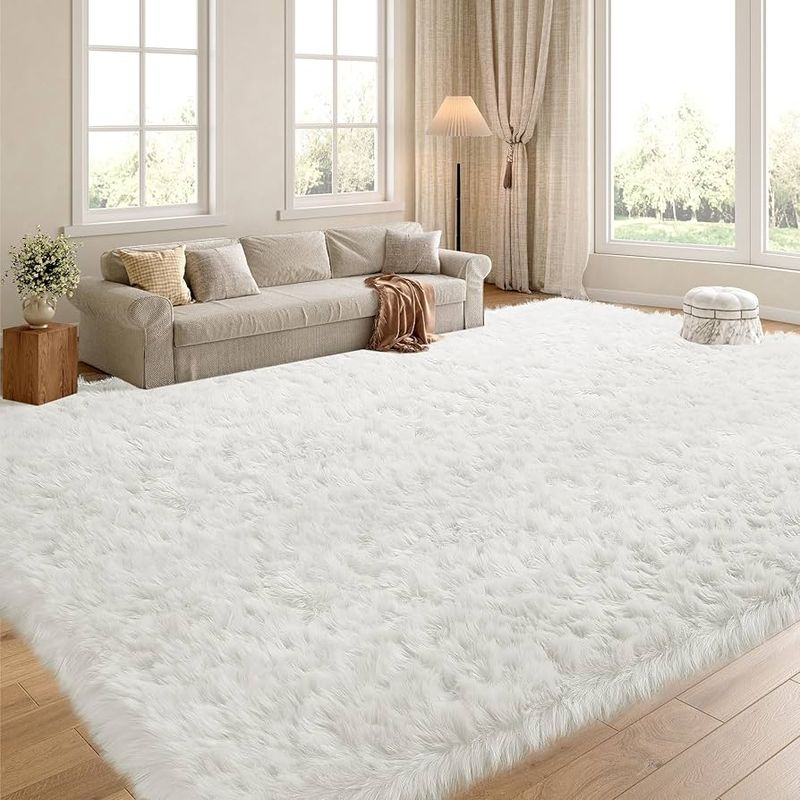
White rugs in high-traffic areas with kids, pets, or red wine enthusiasts make designers mentally calculate cleaning costs. That pristine Instagram look rarely survives real life!
Be realistic about your lifestyle when choosing rug colors. Light rugs can be stunning in low-traffic formal spaces, but for family rooms and entryways, medium tones and patterns that hide inevitable marks are your friends.
If you’re set on that light look, consider washable rugs or indoor/outdoor materials specifically designed to handle stains. Your future self will appreciate the foresight!
11. The Bathroom Rug Size Struggle
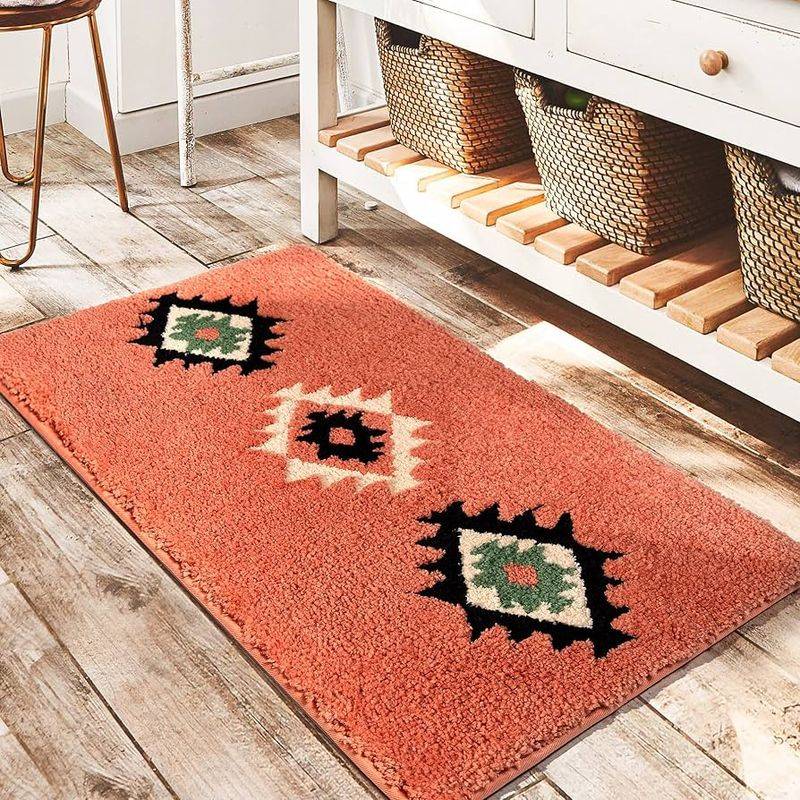
Tiny bathroom mats that barely cover your stepping area look stingy and afterthought-ish. You shouldn’t have to do a careful two-step dance to keep your feet warm after showering!
Bathroom rugs should be generous enough to stand comfortably with both feet while using the sink or stepping out of the shower. For standard bathrooms, that’s at least 21×34 inches.
Consider the layout too—L-shaped arrangements work well in some bathrooms, while others benefit from runners. The goal is comfort and function, not just token floor coverage.
12. Ignoring Material Practicality
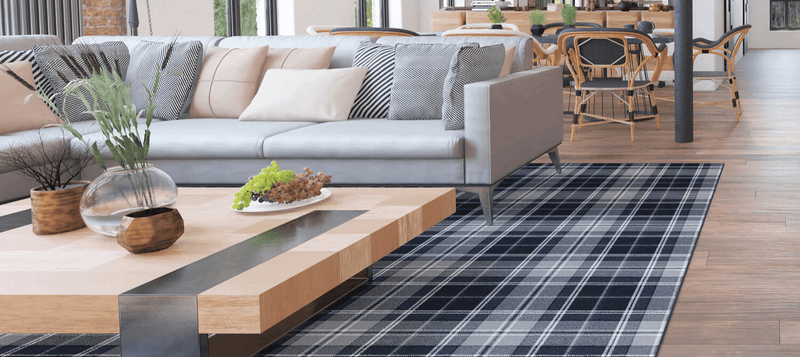
That gorgeous high-pile shag rug looks dreamy in your entryway—until someone tracks in mud or spills coffee. Designers cringe when rug materials don’t match room functions.
High-traffic areas need durable, easy-clean materials like wool blends, sisal, or specially treated synthetics. Save delicate silk or high-pile options for low-traffic spaces where they won’t get destroyed.
Kids’ spaces benefit from washable rugs that can handle art projects gone wild. The prettiest rug quickly becomes the ugliest when it’s perpetually stained or worn in all the wrong places!
13. Outdated Style Clinging
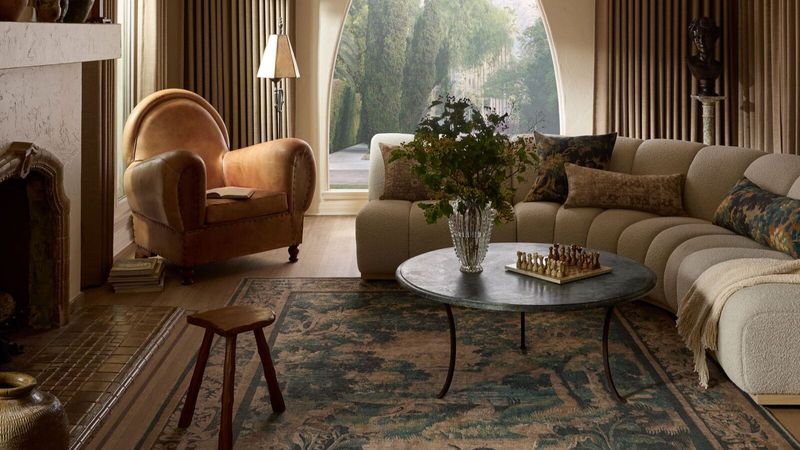
Those brown and beige Tuscan-inspired rugs from 2005 are sending designers straight to therapy. Holding onto outdated styles ages your entire space, even if everything else is current.
Rugs with heavy scrollwork, overly themed designs, or color combinations from bygone trends (remember chocolate brown and baby blue?) instantly date your room. You don’t need to chase every trend, but periodically refreshing key textiles keeps spaces feeling current.
If budget is a concern, vintage rugs with classic patterns often transcend trends better than mass-produced “of the moment” styles from big box stores.
14. Neglecting Rug Cleaning
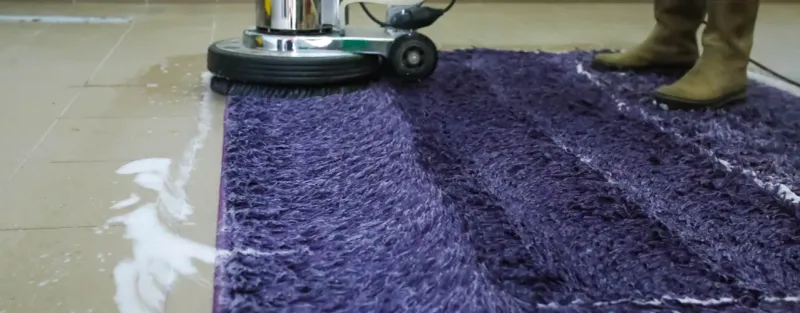
Designers can spot an unwashed rug from across the room. That dull, slightly grimy appearance isn’t “patina”—it’s just dirt! Regular vacuuming isn’t enough for deep cleaning.
Most rugs should be professionally cleaned every 12-18 months. The buildup of dust, dander, and microscopic debris not only looks bad but can trigger allergies and deteriorate fibers prematurely.
Between professional cleanings, address spills immediately and vacuum weekly (more for high-traffic areas). Rotating rugs periodically prevents uneven wear and sun fading. Your rug will look better and last years longer.
15. The Synthetic Shine Giveaway
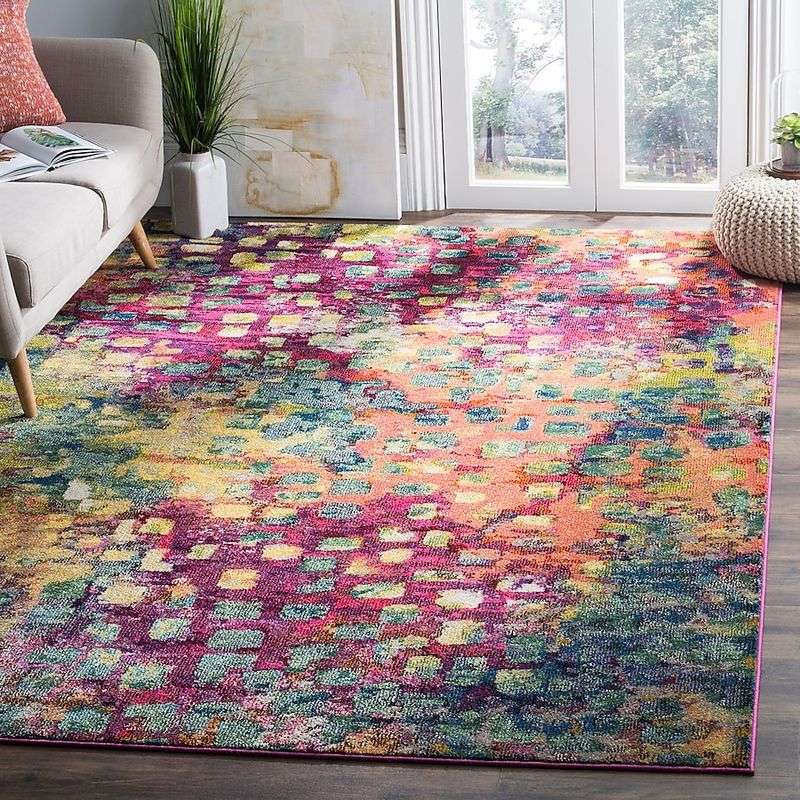
Low-quality synthetic rugs with that telltale sheen make designers do a double-take—and not in a good way! The plasticky shine screams “budget buy” even in otherwise lovely rooms.
Quality matters more than you might think. Good rugs have depth of color and texture that elevates your entire space. If budget constraints exist, it’s often better to choose a smaller high-quality rug than a room-size synthetic that looks cheap.
Natural fibers like wool, cotton, and jute generally look more luxurious than their synthetic counterparts. Some modern polyester blends can look fantastic, but avoid the obviously shiny bargain-bin varieties.

